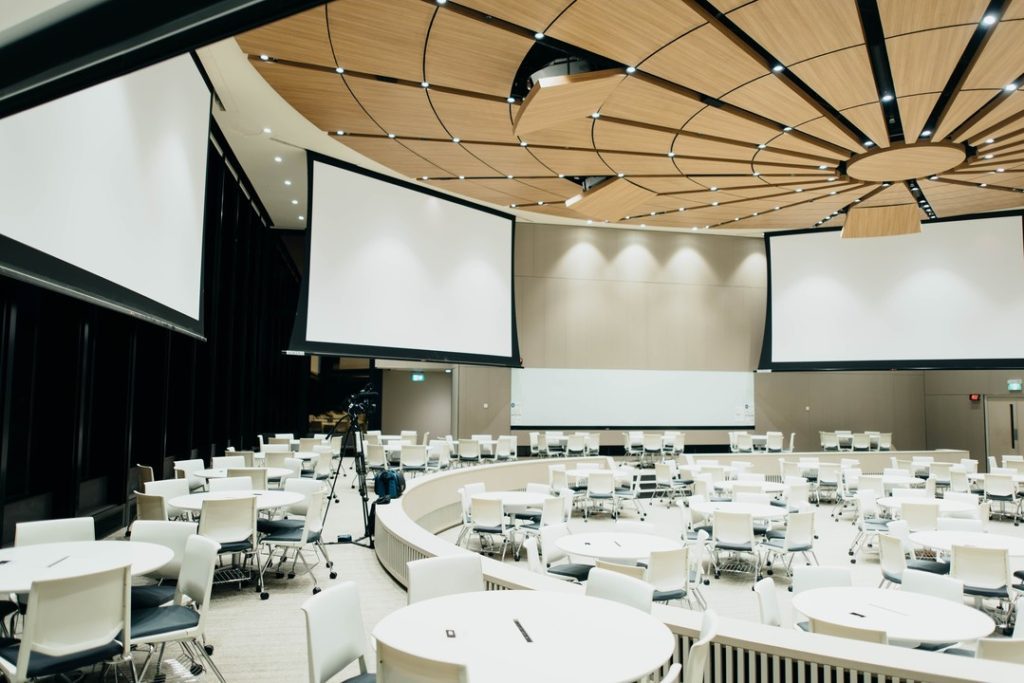For years, the world of audiovisual (AV) connectivity has been a relatively predictable ecosystem. HDMI reigned supreme, cables snaked through walls, and projectors beamed presentations onto static screens.
But today the winds of change are whipping through the industry, reshaping the way we connect, share, and experience AV content –– let’s take a deeper dive into some of the main areas of change we see happening in 2024:
Wireless Warriors
The first, and perhaps most obvious, change is the wireless revolution. HDMI cables, once the undisputed kings of connectivity, are facing a serious challenge from wireless technologies like Wi-Fi 6E, Bluetooth LE Audio, and even proprietary solutions.
Imagine presentations delivered without a single cable trip hazard, or conference calls where everyone can move freely. It’s a liberating vision, but it comes with its own set of challenges. Ensuring seamless connections, managing bandwidth, and combating latency issues are just some of the hurdles to overcome.
The Cloud Takes The Stage
The cloud is no longer just a place for fluffy cat pictures. It has rapidly become the nerve center for AV systems. Cloud-based content management, streaming services, and virtual collaboration platforms are changing how we access and share information.
This shift requires a new approach to network infrastructure, security protocols, and data management. We need to ensure AV systems can seamlessly integrate with cloud platforms while protecting sensitive data and maintaining reliable performance.
The Internet of Things (IoT) Explosion
The lines between AV and the IoT are blurring –– smart devices, sensors, and intelligent displays are becoming commonplace, creating interconnected ecosystems that can react and adapt to their environment.
This presents exciting possibilities for interactive presentations and other immersive experiences; however, it also raises concerns about data privacy, security vulnerabilities, and the potential for information overload. Navigating this complex landscape requires a deep understanding of both AV and IoT technologies, as well as the ability to design systems that are secure, efficient, and user-friendly.
AI in the Mix
By now, we all know that artificial intelligence is no longer a sci-fi trope. As we saw across the conferences and hot topics of the past year, it’s creeping into the AV world in the form of smart sound systems, speech-to-text transcription, and perhaps most obviously in AI-powered content creation. But with great power comes great responsibility, and we need to ensure ethical considerations are addressed, biases are mitigated, and AI systems are used to enhance human communication, not become replaced by it.
The Human Factor
In this whirlwind of technological change, it’s easy to forget the most important element –– the human being sitting in the audience or behind the screen. Ultimately, AV systems are tools to enhance human communication and collaboration. As AV pros, we need to keep the user at the heart of everything we do. This means designing intuitive interfaces that foster a sense of connection rather than isolation.
The shifting landscape of AV connectivity is both exhilarating and daunting. At AV Tech, it’s our job to navigate these changes, embrace new technologies, and ensure our clients are equipped to thrive in this evolving environment. It’s a constant learning curve, but the potential for creating truly transformative experiences keeps us excited for what’s to come.



